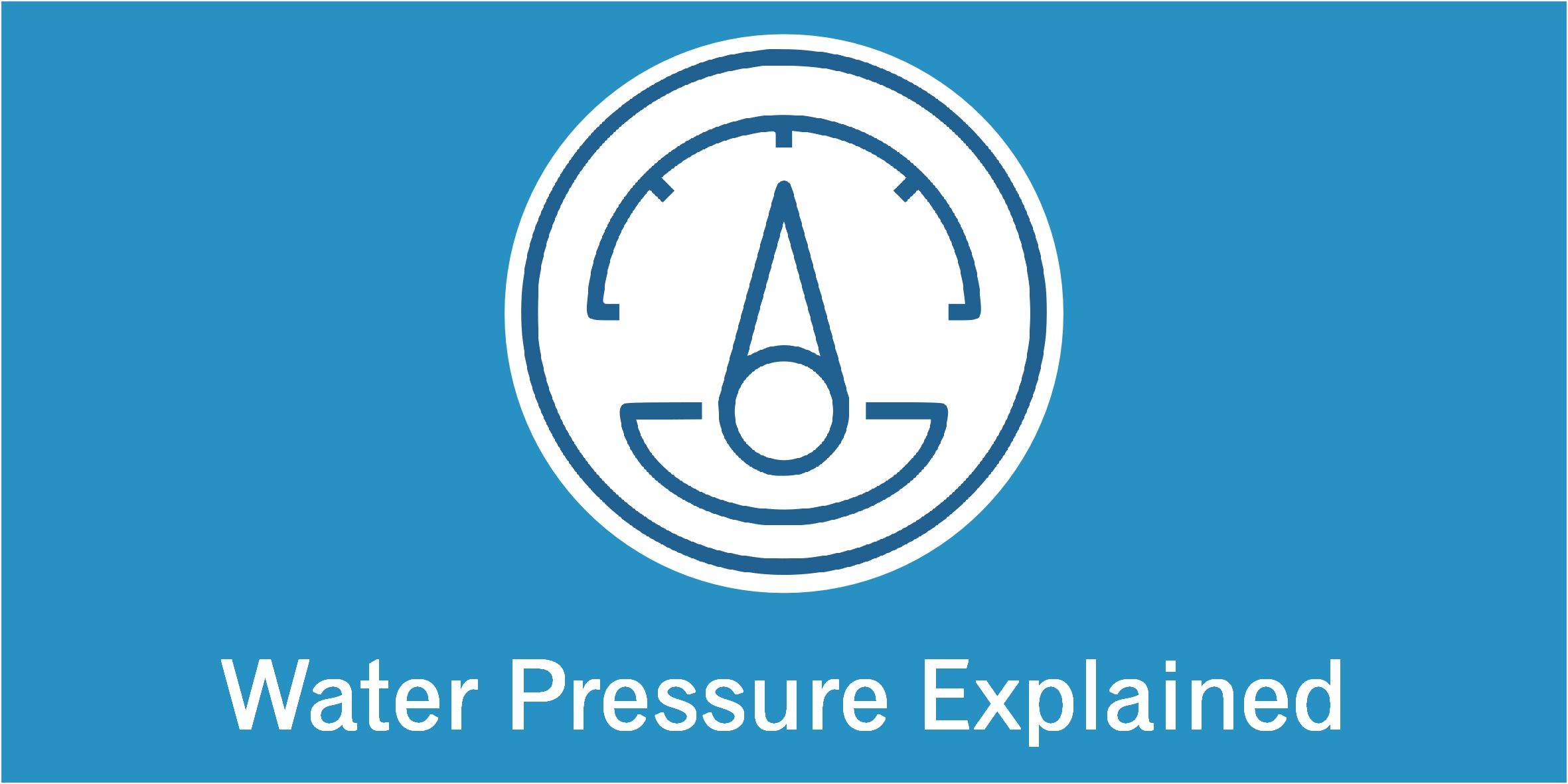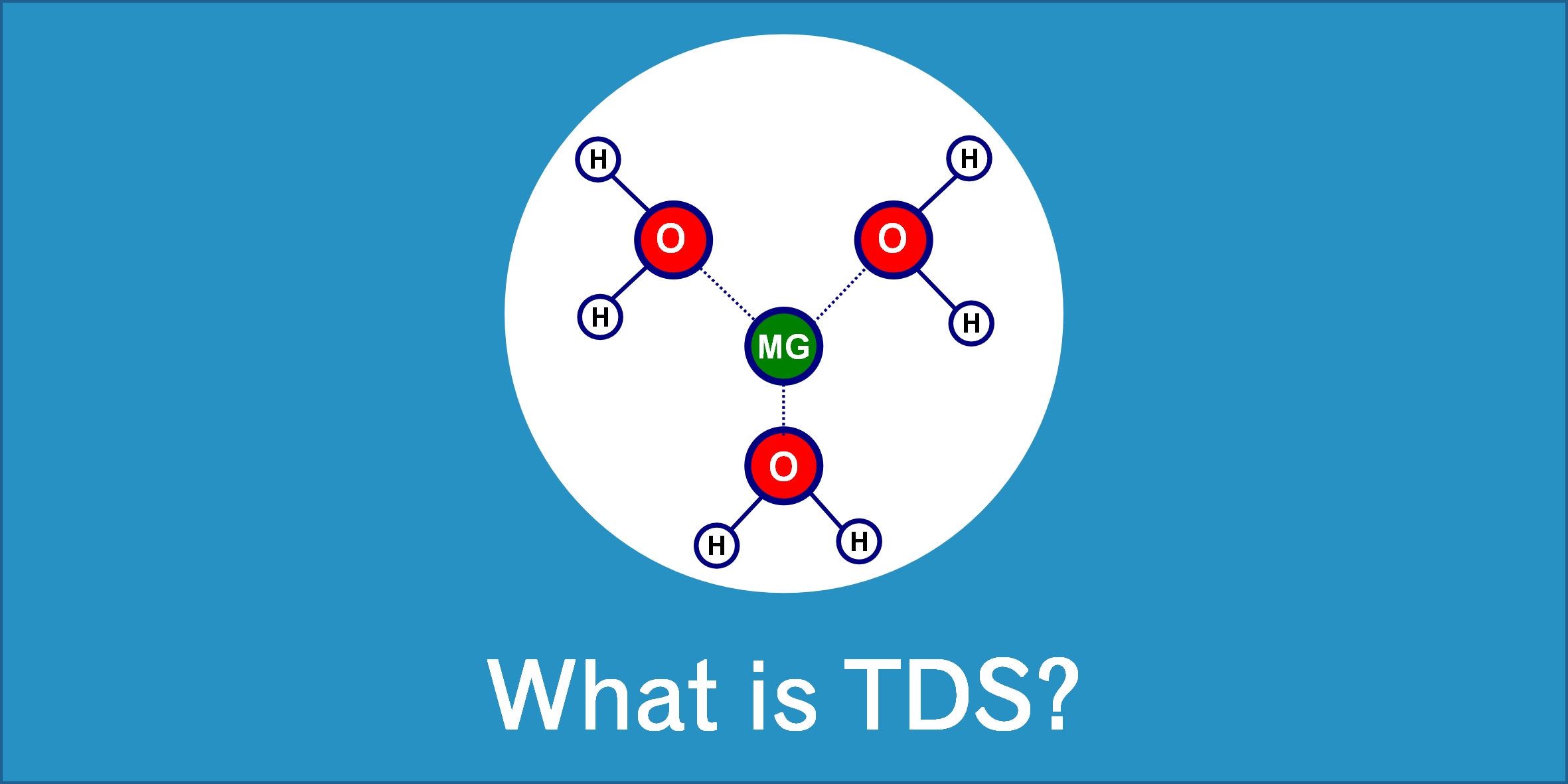
Winter-proofing your Reverse Osmosis (RO) system is crucial to prevent freezing and maintain optimal performance during colder months. Here’s a quick step-by-step guide to help you winterize your RO system:
Locate and Insulate Pipes:
Identify all exposed pipes connected to your RO system.
Use pipe insulation sleeves to cover exposed pipes, especially those located in unheated areas like basements or garages.
Ensure a snug fit to provide adequate insulation against the cold.
Protect Outdoor Components:
If your RO system has outdoor components, such as pre-filters or membranes, consider installing a protective cover or enclosure to shield them from snow and freezing temperatures.
Make sure the cover is well-ventilated to prevent condensation and humidity buildup.
Install a Heated Wrap:
For additional protection in extremely cold climates, consider using a heated wrap or tape specifically designed for water pipes.
Follow the manufacturer’s instructions to install the heated wrap, and ensure it has a thermostat to regulate temperature.
Insulate the Entire System:
If your RO system is located in an unheated space, consider insulating the entire system. Use insulation blankets or foam boards to wrap around the unit.
Pay attention to sensitive components like the pressure pump and valves.
Install a Space Heater:
If the RO system is in an area without sufficient heating, consider using a space heater to maintain a moderate temperature.
Position the heater away from direct contact with the RO system components and follow safety guidelines.
Regular Maintenance:
Perform routine maintenance, such as changing filters and checking for leaks, before the onset of winter.
Address any issues promptly to prevent them from escalating during colder weather.
Monitor Weather Conditions:
Stay informed about upcoming weather conditions. If an extreme cold spell is forecasted, take additional precautions, such as increasing the water flow or applying extra insulation.
By following these steps, you can help ensure that your reverse osmosis system remains operational and efficient, even in the coldest winter conditions. If in doubt or if you’re unsure about certain aspects of winterizing your RO system, contact our team for further guidance.




